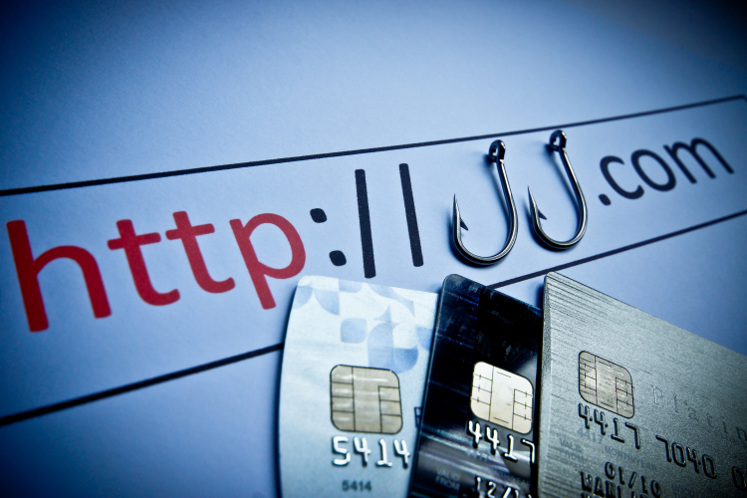Fake Website
Richard got caught out by a false provider of driving lessons.
A well designed fake website turned out to be an online scam that cost Richard when he trying to prepare for his driving test.
Before encountering the fake website, Richard wasn’t at all concerned about the possibility of being scammed on the internet – he thought he was pretty IT savvy. However, Richard got caught out when he signed up for a number of lessons with a driving lessons company. When he did a Google search, he automatically clicked on the first link that came up on his screen thinking it was legitimate and the official website for booking driving lessons.
Richard only realized something wasn’t right when he never received email confirmation that his payment had gone through. When he checked his account online, he noticed that €85 had been debited from his account not €40 – which was the actual offer he originally saw. Suspecting there might be something wrong, Richard went back to check out the website and noticed a number of things that seemed odd:
- there was no security icon (the ‘s’ in https)
- the domain name didn’t look right
- there were no contact details included on the website
Once he got over the initial shock, Richard decided to cancel the card he had used for the transaction and contacted his bank . However there was nothing he could do in terms of getting a refund as he knew he had handed over the payment himself by popping in his personal card details.
Cyber Criminals are creative and resourceful; however there is no shame in being deceived. Don’t be embarrassed to report a scam; by doing so you will make it more difficult for fraudsters to do it to someone else.
It’s your money, make sure you have control. Be FraudSMART – be informed, alert and secure.
TOP TIPS:
- Always ensure website is secure e.g. https is the universal understanding of a secure website – the S means secure. However the ‘s’ can sometimes be manipulated by fraudsters so it is important to be vigilant and follow additional tips below.
- Always log on to a website directly rather than clicking on links provided in an email.
- If it looks too good – it probably is. Call the supplier to double check it really is an offer that exists!
- Always make sure that the website contains contact details for the supplier – either phone, address or an email.
